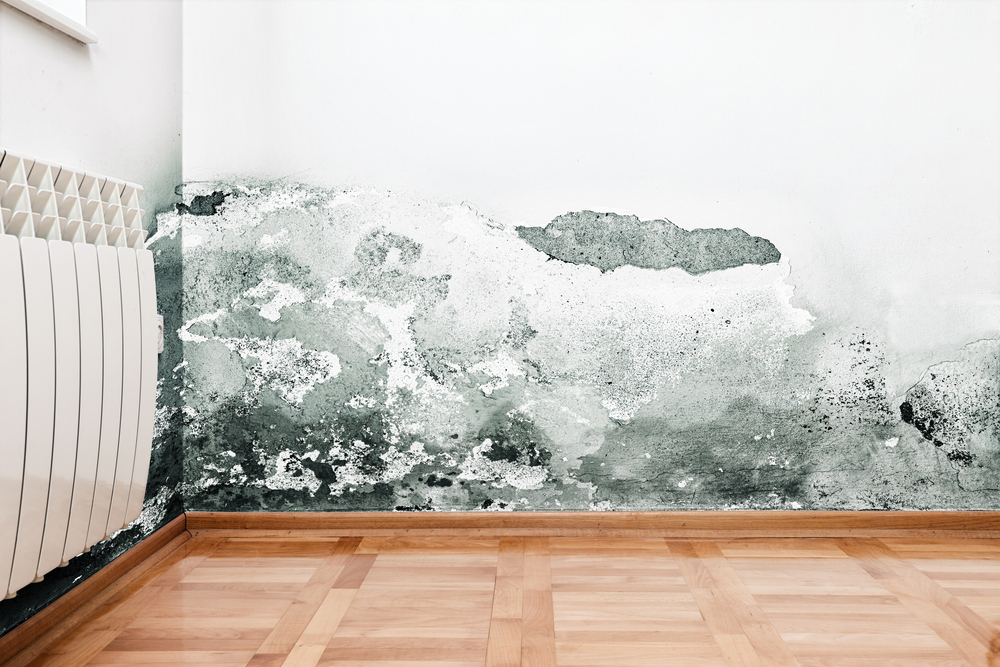
A Guide To Traditional Building Materials For Period Property Restoration
Restoring a period property is a labour of love that requires a deep understanding of historical architecture and a commitment to preserving the charm of
Menu

Restoring a period property is a labour of love that requires a deep understanding of historical architecture and a commitment to preserving the charm of

In a world that’s becoming increasingly environmentally conscious, many homeowners and renovators seek eco-friendly alternatives for their projects. Whether it’s a historic restoration, redecorating with

In the realm of urban renewal, sustainability has become a cornerstone of modern development. The need for environmentally conscious solutions has never been more apparent

Every year in the UK, 1 in 5 home renters are affected by damp and mould, that’s over 2.6 million people we should be protecting. We, at Quatra Direct, have a surprising way of preventing mould from growing which will also make your home look extremely modern, without the use of an ugly dehumidifier.
Mould is a type of fungus that grows on organic matter, especially when there’s plenty of moisture around. It can be found in many homes, as homes offer ample amounts of warmth and humidity for mould to grow. Mould can grow on carpets, walls and food and isn’t always visible to the naked eye. Although not always visible, it can cause serious health issues if you breathe in the spores, get them on your skin or ingest them. If you suspect that your home has mould growing in it, it’s important to get an inspection as soon as possible.
In addition, mould will continue to grow until it is cleaned and removed, so you must take care when remediating mould. If humidity levels aren’t kept low then mould will continue to grow regardless of how many times you clean it.
Many homeowners are curious about what causes mould to grow on the walls and ceilings of their homes. By understanding how this happens, you can better tackle whatever is causing it in your own home. Firstly, mould needs moisture to grow and as long as there is a source of humidity, mould spores can continue to develop and spread. This can lead to an infestation of the home which is much harder to get rid of than just one or two patches on your walls.
Also, mould loves a bathroom and so this is probably where you find the most problems. Bathrooms are the perfect breeding ground as they are often wet, damp, humid and dark. Mould will also grow on walls or objects like bathtubs, shower curtains, towels and anything porous enough to soak up moisture.The most common causes of bathroom mould are lingering moisture caused by lack of ventilation, leaky toilets, sinks and plumbing pipes, as well as damp cellulose materials.
Because humidity is often the cause of mould, it makes sense that kitchens and bathrooms are where you’re most likely to find this type of fungi. This is due in part to steam coming from showers or cooking which increases the relative amount of moisture when compared with other rooms in a house. As you can imagine, this combination of moisture and humidity is the perfect environment for mould to grow.
Condensation is another major cause of mould. Condensation happens when warm air collides with cold surfaces, and moisture in the air cannot escape, so you’ll notice mould on hard or cold spots like tiles, ceilings or around windows. The shower is one of the most common places to find mould. Because moisture and heat are present in your bathroom, a humid environment is created. Humidity, as mentioned above causes an ideal habitat for mould spores. This occurs every time you take a bath or shower, creating more moisture.
Without adequate ventilation, mould will form wherever there is condensation from activities like drying clothes indoors and cooking. This can lead to health problems, so it’s important to ensure that you have adequate ventilation in your home. If you’re renting a house without proper ventilation, talk to your landlord about adding some.
When you’re exposed to mould at home, it can cause a variety of health problems. Mould can trigger respiratory infections and worsen asthma, it causes allergic reactions that may include sneezing or wheezing and can go on to cause depression in some cases.
Mould can pose serious health threats to certain people such as the elderly or people with respiratory disabilities. It’s important that everyone takes precautions if they’re at risk.
Made from water, lime and sand, lime mortar is a great choice for preventing mould in your home. It’s non-toxic and easy to apply. Lime plaster, which is alkaline with a high pH value and can be used to treat fungus and mould. Additionally, lime-based materials are highly breathable, meaning they allow water to pass through them as either a gas or liquid. This avoids the build-up of moisture and reduces the risk of damp, condensation and mould!
If you have a damp problem in your home or you need to seal an old brickwork wall that’s prone to mould growth, lime mortar is a great option. If you’re renovating an old house or just need to repoint some bricks, lime mortar is proven to last centuries with zero cracking. Lime mortars have an inherent flexibility, making them suitable for brickwork that is subject to movement. By allowing the joint spacing between brick to be increased or even avoided altogether you can reduce/eliminate any risk of cracking as a result of thermal expansion/contraction.
Lime mortar’s ability to breathe is due to its open pore structure and permeability. This feature allows moisture in and out of the building without causing damp or mould. Lime mortar is also a very durable material, which has been proven over time through its use in many buildings. The long-term performance of lime mortar has been tested and found to be superior to cement mortars with regard to strength, durability and resistance to weathering.
Lime mortar is a natural, sustainable building material with many benefits. It is an excellent choice for repointing brickwork, as well as for laying new mortar courses. Lime mortar is a very durable material, which has been proven over time through its use in many buildings. The long-term performance of lime mortar has been tested and found to be superior to cement mortars with regard to strength, durability and resistance to weathering. Lime mortar also helps reduce carbon emissions during construction as it reabsorbs all carbon produced during the hardening process.